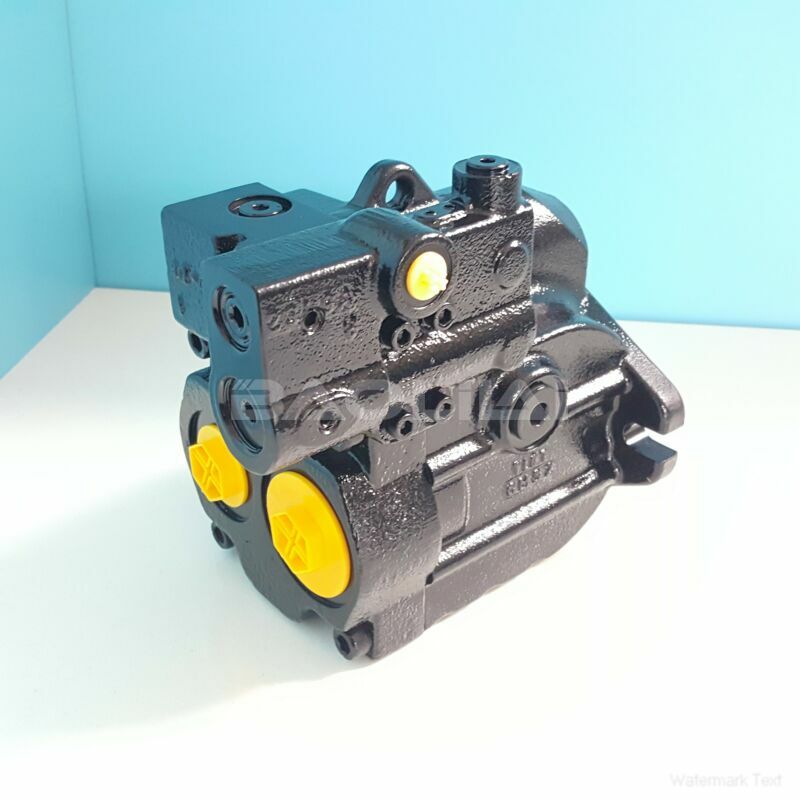KRR045DRP2120NNN3C2BGA6NAAANNNNNN high pressure pump
KRR045DRP2120NNN3C2BGA6NAAANNNNNN high pressure pump

- Product Details
- Applicable Scene
In the unforgiving environments of heavy-duty mining operations, the efficiency and reliability of hydraulic systems are paramount. Central to these systems are hydraulic oil pumps that power various equipment, including excavators, haul trucks, and drill rigs. Designing these pumps involves a complex interplay of engineering principles, materials science, and practical considerations tailored to meet the unique demands of the mining industry.
KR-R-045D-RP-21-20-NN-N-3-C2BG-A6N-AAA-NNN-NNN
KRR045DRP2120NNN3C2BGA6NAAANNNNNN
The first step in designing hydraulic oil pumps is understanding the specific requirements of the application. Heavy-duty mining equipment operates in extreme conditions, including high pressures, varying temperatures, and the presence of contaminants such as dust and water. Therefore, pumps must be capable of delivering consistent performance under these challenging circumstances. Key factors to consider include the required flow rate, pressure capacity, and operational duty cycle.

83011650
Flow rate is critical as it determines the pump’s ability to move hydraulic fluid throughout the system efficiently. For heavy-duty applications, pumps often need to provide high flow rates while maintaining lower energy consumption. This necessitates advanced designs such as gear or piston pumps that can easily scale according to the demands of specific machinery.
Pressure capacity is equally important, as mining equipment often encounters extreme pressure conditions. Engineers must account for the maximum pressure the pump can handle without failure. Robust materials, such as high-grade steel or advanced composites, are typically utilized to construct these pumps, ensuring they can withstand the rigors of continuous operation in a demanding mining environment.
Another crucial aspect is the lubricating properties of the hydraulic oil used. Designers must select pump materials compatible with the oil’s chemical composition to prevent wear and tear. Additionally, incorporating features like filtration systems can help mitigate the impact of contaminants, prolonging the pump’s operational lifespan and maintaining system cleanliness.
Efficiency is not just about performance but also about energy consumption. With rising energy costs and increasing environmental regulations, pump designers are tasked with developing solutions that optimize energy use while still meeting operational needs. Techniques such as variable displacement pumps can adjust the flow based on real-time demands, conserving energy during less intense operations.
Ergonomics and ease of maintenance also play a significant role in the design of hydraulic oil pumps. Mining operations often have limited access to machinery, making it essential for pumps to be designed for quick and simple servicing. Modular designs facilitate easier replacement of parts, while clear layouts and labeling enhance the user experience, ensuring uptime in critical scenarios.





